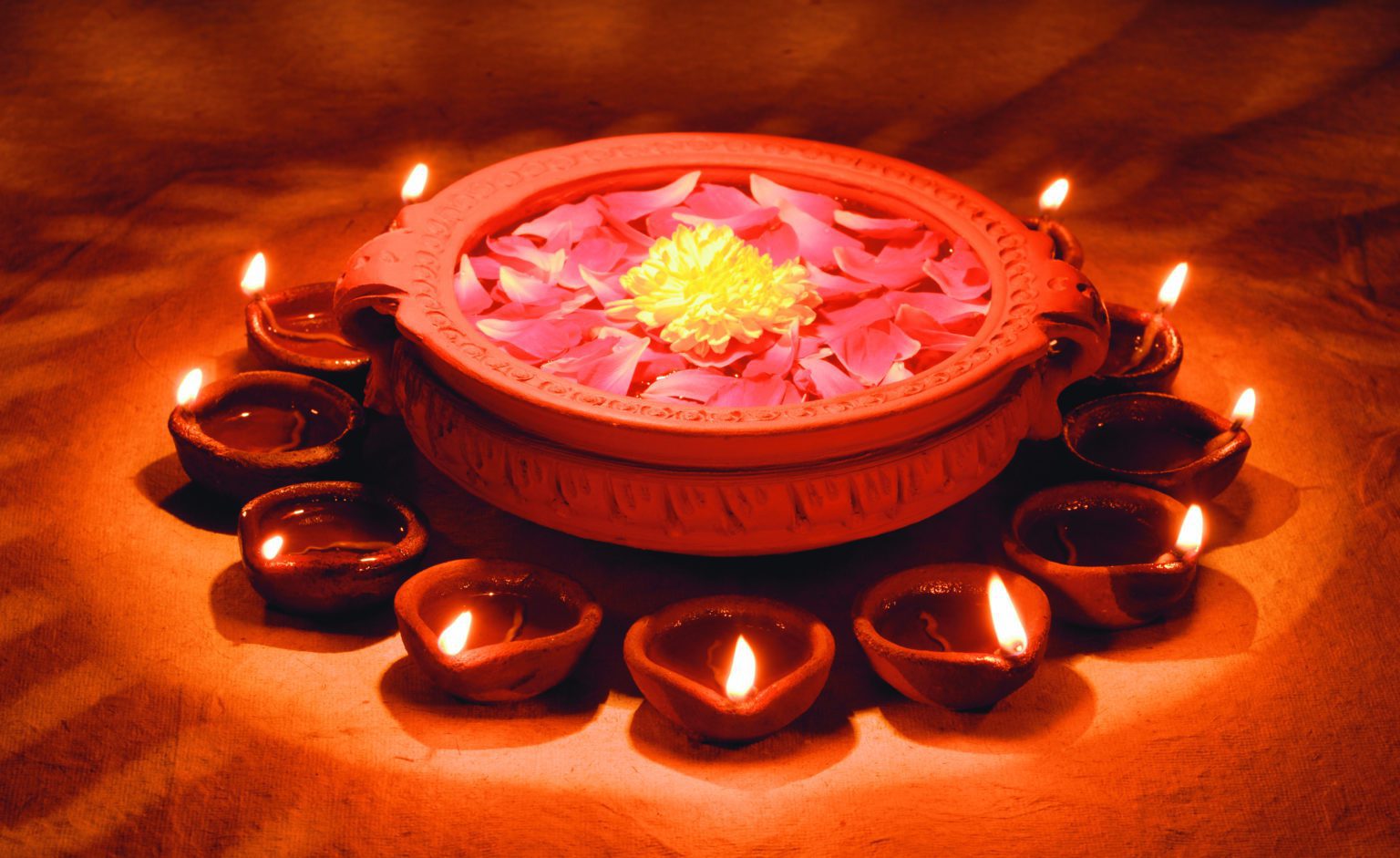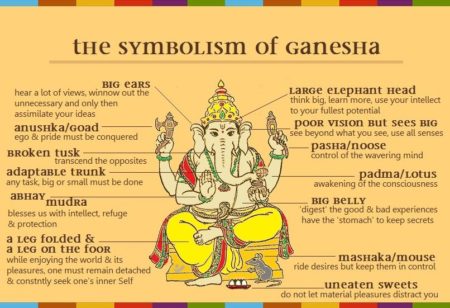The Sanatan Dharma advocates that the objective of Bhakti is to realize that atman equals Brahman. While Brahman is the abstract concept referring to the principle of universality, Atman denotes the self. Three paths for elevating one to this platform of spiritual consciousness seeking the absolute truth are delineated in the Vedas: karma, jnana, and bhakti.
Jnana-kanda is also known as the path of knowledge. This type of bhakti is practiced through rigorous austerity and the study of Vedic texts. With this type of bhakti, one learns to detach himself from the illusions of Moh-Maya. This bhakti type is known to be the most difficult of all.
Karma-Kanda is also known as the path of ritual and good works that are achieved through selfless activities and sacred rituals. This type of bhakti allows one to enjoy the world to maximum benefit and make material advancements. This path of bhakti is very slow.
Bhakti is the path of emotional devotion and is the synthesis of the previous two. In bhakti, an individual focuses on love and service to the absolute truth. This type of bhakti helps one steer away from the influence of Maya. This path is easy because it is easy to love.
When an individual practices Jñana yoga and karma yoga, he needs to follow strict discipline to control the body and mind, the two things that most people find difficult to control. Bhakti yoga is considered as the easiest of the three general paths to moksha, the most direct method to merge in cosmic consciousness, and the shortest way to experience the divine. It is especially so within the current age of Kali-yuga (according to the Hindu cycle of time).
The ancient Vedic texts describe the bhakti-yoga system as the most potent yoga system because it is the only form of yoga that helps to dissolve the false ego and reveal one’s true identity.
By practicing the nuances of karma-yoga, the bhakt attempts to get out of the gross bod. With the practice of jnana-yoga, a bhakt makes attempts to get out of the subtle body. With the practice of bhati yoga, one can directly transcend both the subtle body as well as the gross material body.






